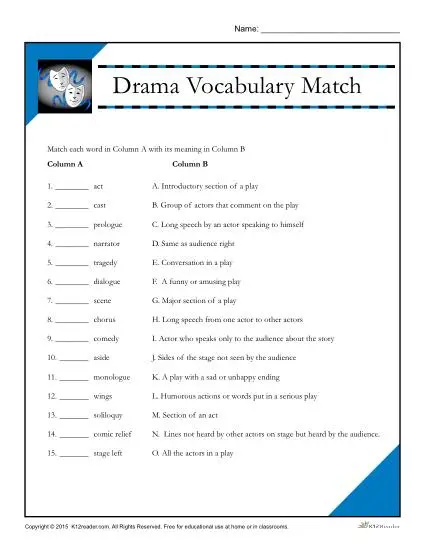 |
| https://www.pinterest.pt/pin/63754150948548884/?lp=true |
February 5
1. Vocabulary worksheet
2. Research and decide which story you will tell
Story/presentation guidelines:
- 2 minute limit
- must have a message
- your audience is your peers
February 6, 7
Criterion C - Statement of Artistic Intention - due Feb 12
Print your Statement of Artistic Intention and put it in your Arts Process Journal
Statement of
Artistic Intent
(3 paragraphs)
Paragraph 1. What are you doing? (purpose) This paragraph includes:
- what topic you are studying this term in Drama
- small background about storytelling
- what your task is
Paragraph 2. Why are you doing this (message and inspiration)
Paragraph 1. What are you doing? (purpose) This paragraph includes:
- what topic you are studying this term in Drama
- small background about storytelling
- what your task is
Paragraph 2. Why are you doing this (message and inspiration)
- name and brief plotline/storyline
of your story
- theme or moral of your story
- what stories did you look at before you chose this one
- why did you choose this story (inspiration)
- what do you want the other Year 8s to learn from your story
Paragraph 3.
How
are you going to achieve this (production and performance
elements)
- how will you bring your story to life? (include costume, props and acting techniques that you will use)
- how will you bring your story to life? (include costume, props and acting techniques that you will use)
- what
challenges do you think you will face when telling your story in front of the
class? (minimum 3)
-how will you overcome these challenges?



